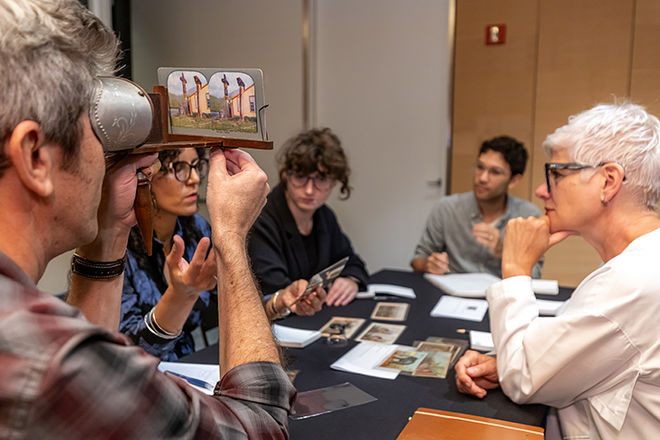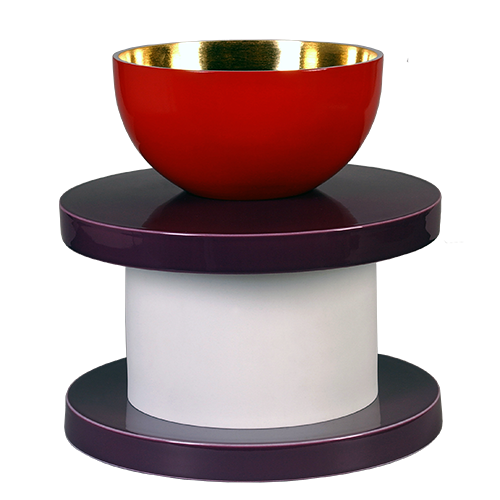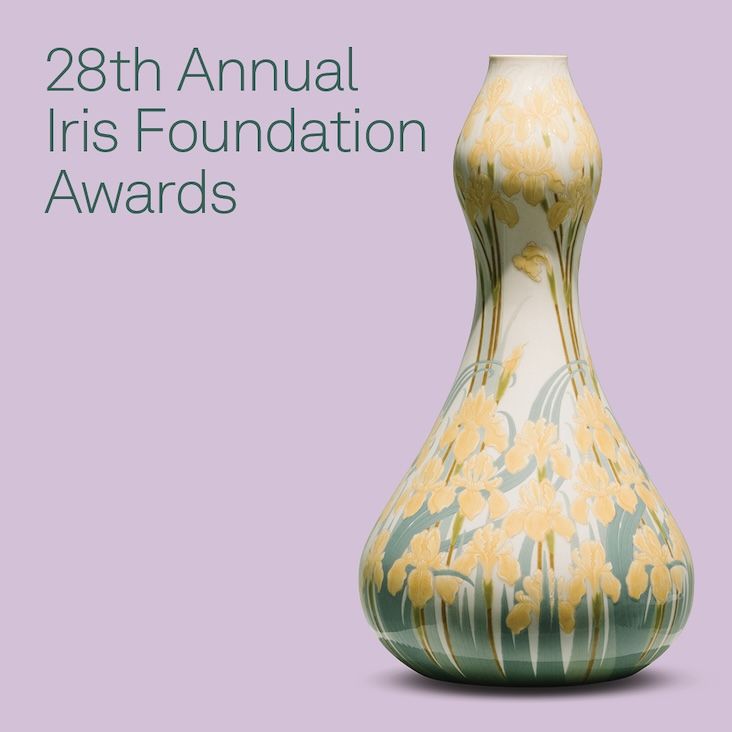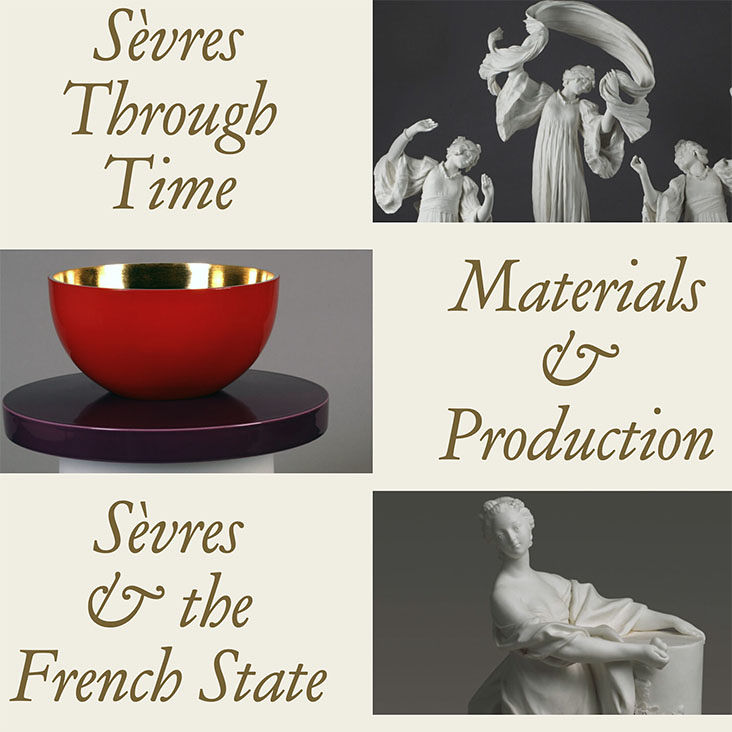Deborah Ascher Barnstone gave a Brown Bag Lunch presentation on Thursday, February 24, 2022 at 12:15 pm. Her talk is entitled “The Color of Modernism: Paints, Pigments and the Transformation of Modern Architecture in 1920s Germany.”
One of the most enduring and pervasive myths about early modernism is that it was white. This was never true anywhere in Europe, least of all in Germany where Bruno Taut published his famous “Call to Coloured Architecture” in 1919 before leading a motley effort to invent new ways of using color in architecture and urban design. This talk, based on a new book with the eponymous title, will dismantle the myth of whiteness by examining five different theoretical interpretations of scientific and artistic color theory advanced by members of the German avant-garde. Often working closely with contemporary artists, 1920s architects in Germany developed an astonishing breadth of approaches that ranged from using colour as surface ornament to color as space-making agent to color as the agent of emotional charge to color as the quality that could dissolve the surface of a wall to make physical enclosure and architecture abstract entities. Thus, color was integral to the spatial quality of design, not applied as an afterthought, and a key aspect of the work of many avant-garde architects developing new aesthetic systems.
Deborah Ascher Barnstone is Professor of Architecture and Head of School at University of Technology Sydney. A graduate of Barnard College, Columbia University Graduate School of Architecture, Planning, and Preservation and Delft University of Technology, she is both a practicing licensed architect and an architectural historian. Barnstone’s primary research interests are in interrogating the origins of modernism and exploring the relationships between art, architecture, and culture more broadly. Her monographs include The Break with the Past: German Avant-garde Architecture, 1910-1925 (Routledge: 2018), Beyond the Bauhaus: Cultural Modernity in Weimar Breslau, 1918-1933 (University of Michigan Press: 2016), and The Color of Modernism: Paints, Pigments and the Transformation of Modern Architecture in 1920s Germany (Bloomsbury 2021). Recent publications include articles in Journal of Architecture, Journal of Design History, and New German Critique.











